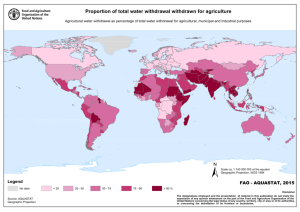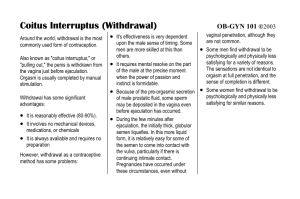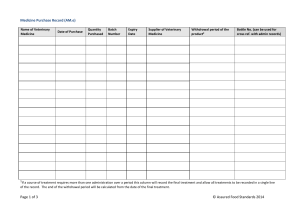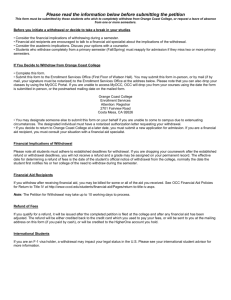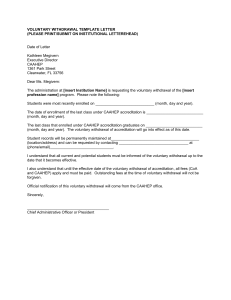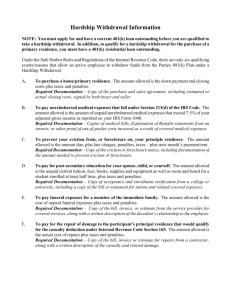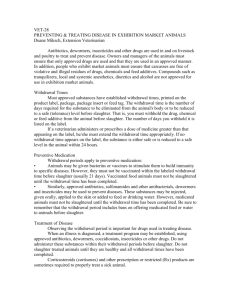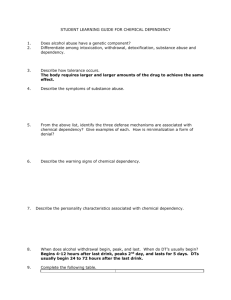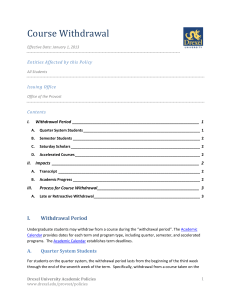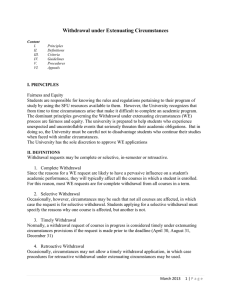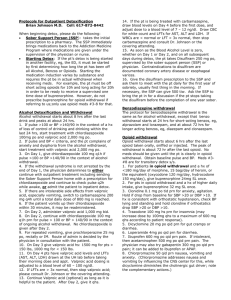Blood Collection
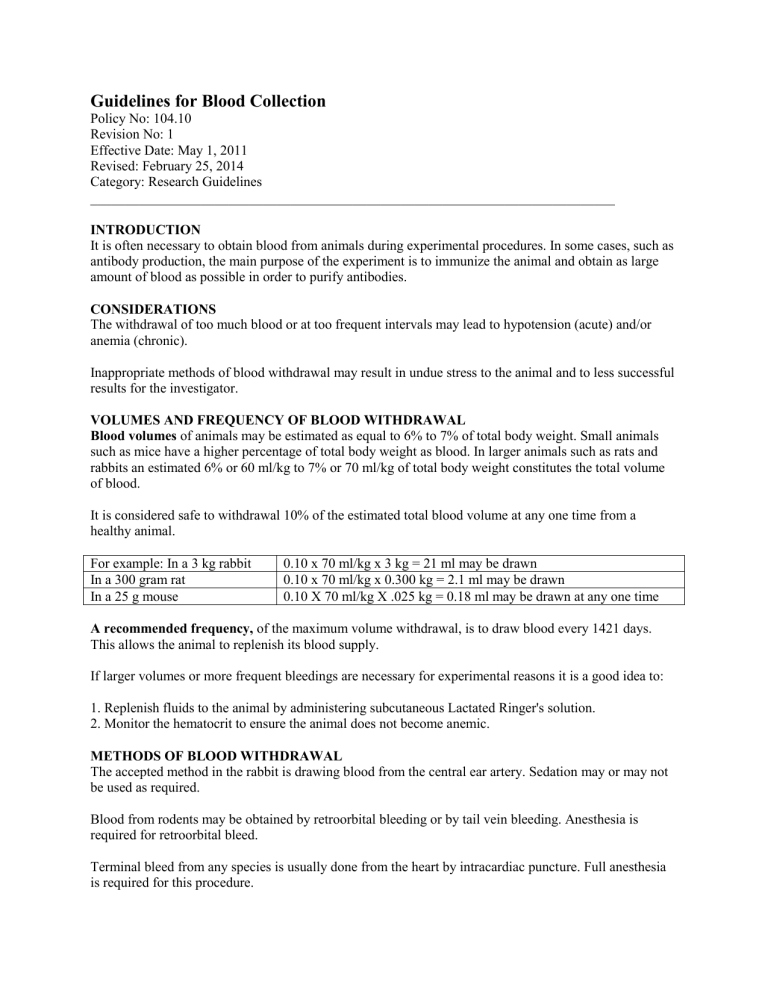
Guidelines for Blood Collection
Policy No: 104.10
Revision No: 1
Effective Date: May 1, 2011
Revised: February 25, 2014
Category: Research Guidelines
____________________________________________________________________________
INTRODUCTION
It is often necessary to obtain blood from animals during experimental procedures. In some cases, such as antibody production, the main purpose of the experiment is to immunize the animal and obtain as large amount of blood as possible in order to purify antibodies.
CONSIDERATIONS
The withdrawal of too much blood or at too frequent intervals may lead to hypotension (acute) and/or anemia (chronic).
Inappropriate methods of blood withdrawal may result in undue stress to the animal and to less successful results for the investigator.
VOLUMES AND FREQUENCY OF BLOOD WITHDRAWAL
Blood volumes of animals may be estimated as equal to 6% to 7% of total body weight. Small animals such as mice have a higher percentage of total body weight as blood. In larger animals such as rats and rabbits an estimated 6% or 60 ml/kg to 7% or 70 ml/kg of total body weight constitutes the total volume of blood.
It is considered safe to withdrawal 10% of the estimated total blood volume at any one time from a healthy animal.
For example: In a 3 kg rabbit
In a 300 gram rat
In a 25 g mouse
0.10 x 70 ml/kg x 3 kg = 21 ml may be drawn
0.10 x 70 ml/kg x 0.300 kg = 2.1 ml may be drawn
0.10 X 70 ml/kg X .025 kg = 0.18 ml may be drawn at any one time
A recommended frequency, of the maximum volume withdrawal, is to draw blood every 1421 days.
This allows the animal to replenish its blood supply.
If larger volumes or more frequent bleedings are necessary for experimental reasons it is a good idea to:
1. Replenish fluids to the animal by administering subcutaneous Lactated Ringer's solution.
2. Monitor the hematocrit to ensure the animal does not become anemic.
METHODS OF BLOOD WITHDRAWAL
The accepted method in the rabbit is drawing blood from the central ear artery. Sedation may or may not be used as required.
Blood from rodents may be obtained by retroorbital bleeding or by tail vein bleeding. Anesthesia is required for retroorbital bleed.
Terminal bleed from any species is usually done from the heart by intracardiac puncture. Full anesthesia is required for this procedure.
Laboratory Animal Services Technical help is available to perform these tasks or to teach investigators and technicians to perform them themselves.
REFERENCES
McGuill M.W. and Rowan A.N. Biological Effects of Blood Loss: Implications of Sampling
Volumes and Techniques ILAR News 1989; 31, No. 4: 5 20.


